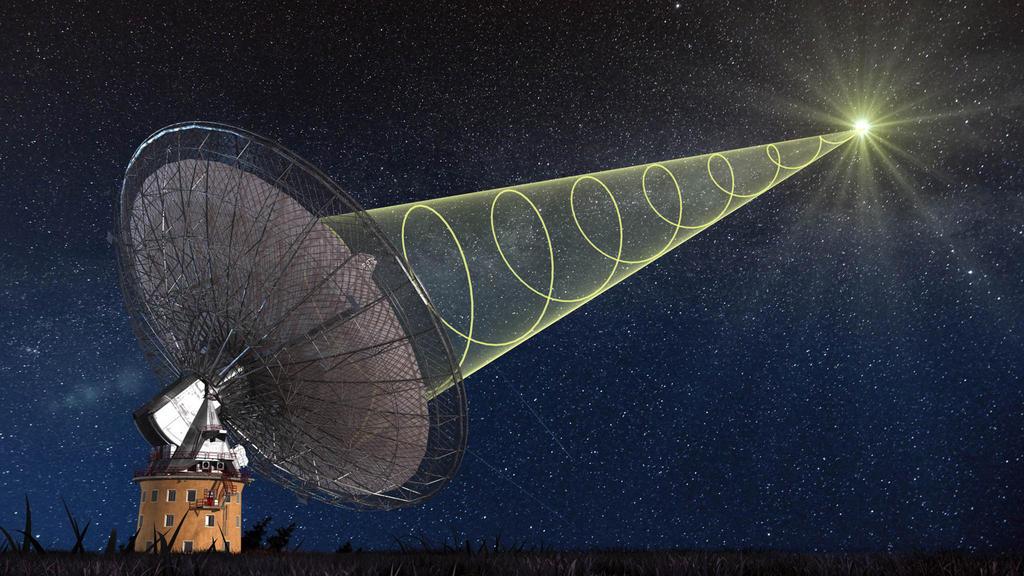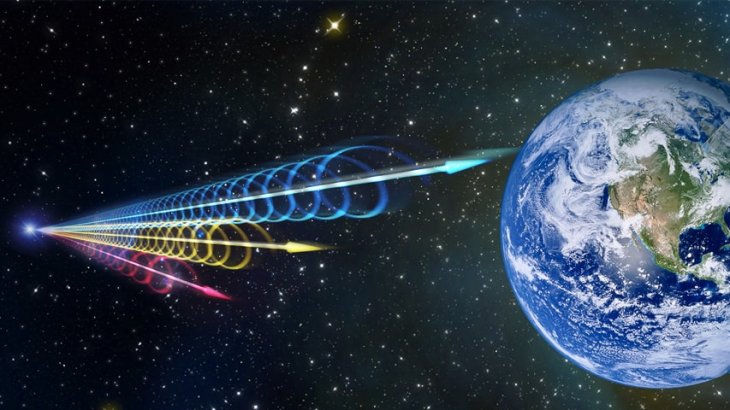We Just Found 13 Fast Radio Bursts That Might Come From Aliens
Harin - Jan 17, 2019

A team of Canadian scientist has found 13 fast radio bursts that could change our understanding of mysterious signals and how we search for them.
- US Navy Confirms That Three UFO Videos Are Real
- Scientists Found Out That How Earth Would Look Like To Aliens
- NASA Scientists Create Extremely Hot Exoplanet Atmosphere On Earth
FRBs which is short for fast radio bursts are radio waves’ short pulses that come from far beyond the galaxy. Since 2007, over 60 FRBs have been observed by researchers. Among all of them, there is only one repeating FRB, which is several bursts that come from the exact same source.
What might be the cause of these mysterious signals? Nobody knows. However, numerous theories have been made which range from advanced alien civilizations to strange star crusts.

Now, a team of Canadian scientist has added 13 more FRBs to this list. Surprisingly, among these 13 FBRs, there is a second repeating one. This discovery not only could change our understanding of mysterious signals but also how we search for them.
The detail of their 13 new FRBs detection is described in two papers which were published in the journal Nature. According to the researchers, in three weeks of 2018’s summer, they gathered the data by using CHIME (Canadian Hydrogen Intensity Mapping Experiment), which is a radio telescope placed at the Dominion Radio Astrophysical Observatory in BC, Canada.
In the next few weeks after that period, from one of the fast radio bursts, the team caught additional pulses, which turn the FRB into the second repeater.
The research of the CHIME team is proof that the previous discovery of repeating FRB wasn’t just cosmic abnormality. Moreover, it changes our knowledge on how we detect the phenomena as well as their origins.
Previously, researchers found most of the FRBs at a frequency somewhere near 1400 MHz whereas CHIME uses the range of frequency from 400 MHz to 800 MHz. They were also able to detect some new FRBs at a frequency even lower than that, which suggests more possibility in identifying future FRBs.
Signs of what known as “scattering” phenomenon were also discovered in some new FRBs. From this, researchers can have more clues about what the environment near an FRB’s source is like.
Tom Landecker, a member of the CHIME team, said:

Featured Stories

Features - Jul 01, 2025
What Are The Fastest Passenger Vehicles Ever Created?

Features - Jun 25, 2025
Japan Hydrogen Breakthrough: Scientists Crack the Clean Energy Code with...

ICT News - Jun 25, 2025
AI Intimidation Tactics: CEOs Turn Flawed Technology Into Employee Fear Machine

Review - Jun 25, 2025
Windows 11 Problems: Is Microsoft's "Best" OS Actually Getting Worse?

Features - Jun 22, 2025
Telegram Founder Pavel Durov Plans to Split $14 Billion Fortune Among 106 Children

ICT News - Jun 22, 2025
Neuralink Telepathy Chip Enables Quadriplegic Rob Greiner to Control Games with...

Features - Jun 21, 2025
This Over $100 Bottle Has Nothing But Fresh Air Inside

Features - Jun 18, 2025
Best Mobile VPN Apps for Gaming 2025: Complete Guide

Features - Jun 18, 2025
A Math Formula Tells Us How Long Everything Will Live

Features - Jun 16, 2025
Comments
Sort by Newest | Popular